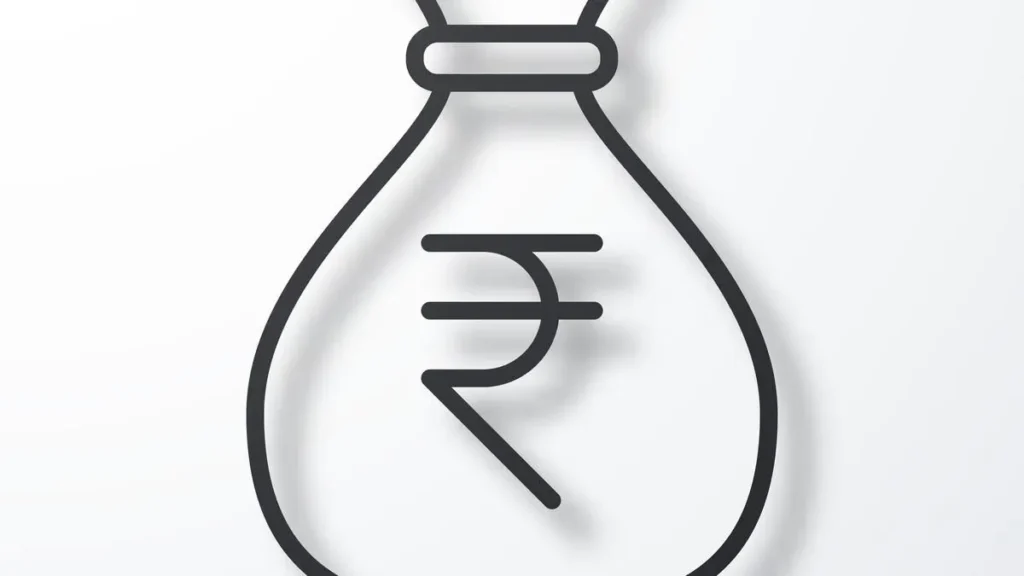NEW DELHI: To check states’ fiscal indiscipline, the Centre has tightened borrowing norms for them mandating that their annual loan limits for FY26 will be reduced based on their liabilities. A state’s shortfall in contribution to guarantee redemption fund (GRF), unpaid electricity subsidy, and unspent amounts in central schemes lying with it will now be taken into account to determine its borrowing limit, sources said.
The Centre applies a common yardstick for fixing the annual borrowing limits of all states. In doing so, it is guided by the recommendations of the Finance Commission. Accordingly, the net borrowing ceiling (NBC) is set at 3% of each state’s GSDP. However, the gross borrowing limit can go up to 4.5% of the gross state domestic product (GSDP) if a state is undertaking identified reforms. And, it can go down if a state has unmet liabilities.
A shortfall to GRF can lead to a cut in borrowing by up to 0.25% of the GSDP for a state in FY26. Many states provide sovereign guarantee to financial institutions that finance loans for general purpose, projects, working capital, which are taken by state public sector undertakings (PSUs). Accordingly, states are required to contribute towards building up the GRF to 5% of their total outstanding guarantees over five years from the date of constitution of the fund.
With the Centre now following a “just-in-time” concept of borrowings to reduce interest burden, any central share of centrally sponsored scheme funds released before April 1, 2024, which is lying in the state treasuries as on April 1, 2025, will be considered as liability of the state government and will be deducted from its gross borrowing ceiling for FY26. The defaulting states could lose borrowing by up to 0.25% of the GSDP on this count.
Similarly, the Centre has made it clear that the states’ borrowing limit will be cut to the extent borrowings are done by state PSUs based on the strength of their government-determined profit margin, done in tandem with a reduction in state taxes for implementing welfare schemes unrelated to the normal commercial activity of the entity.
States would also lose some borrowing limit due to their unpaid subsidies to state-run power distribution companies (discoms), unreimbursed state’s share of losses of discom of the previous year, and for borrowings by state PSUs, which will be serviced using the state’s revenues.
However, states undertaking power sector reforms would be eligible to get 0.5% of the GSDP as additional borrowing space in FY26. States would also get additional borrowing space to the extent of their contribution to the National Pension System for their staff for FY26.
Source: The Financial Express




 Massive Anti-Trump Demonstrations Are Planned In U.S. Cities On June 14 To Mark “No Kings Day”
Massive Anti-Trump Demonstrations Are Planned In U.S. Cities On June 14 To Mark “No Kings Day” 